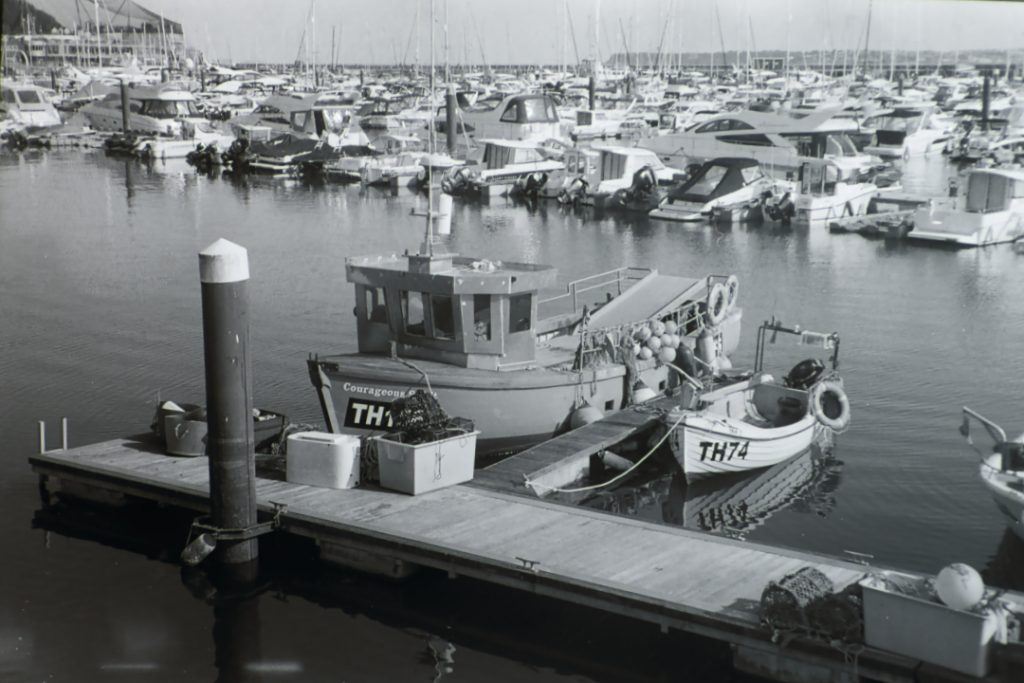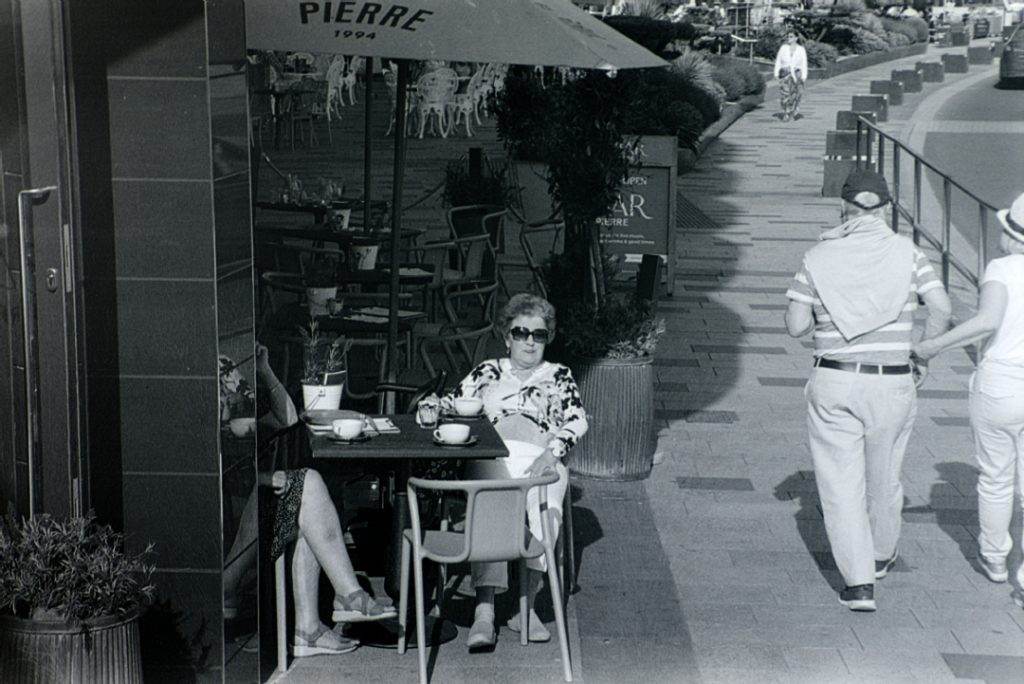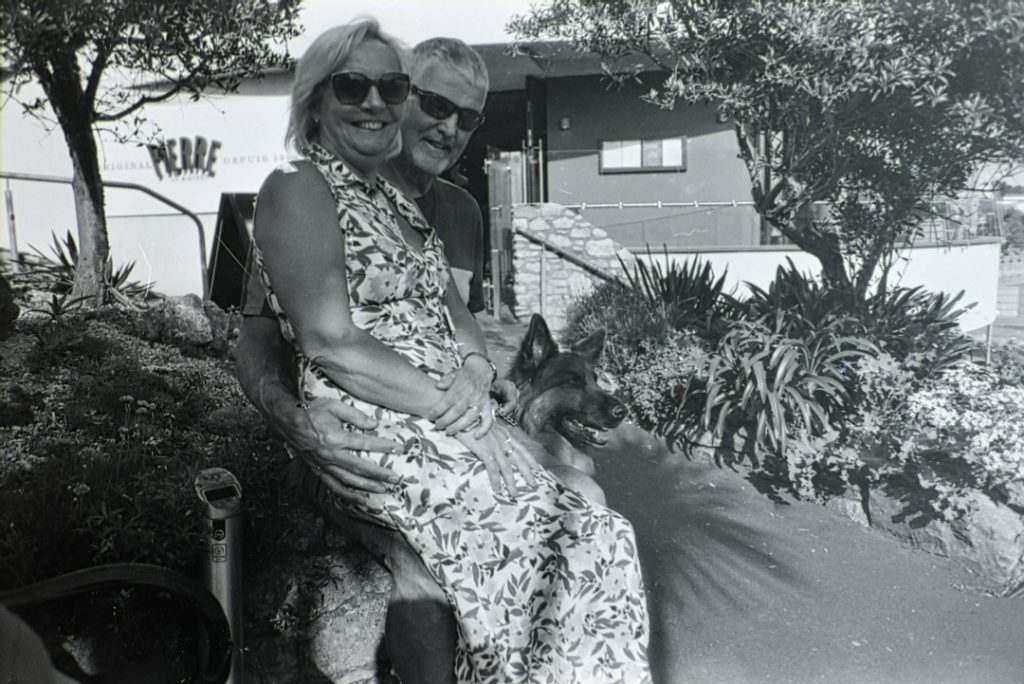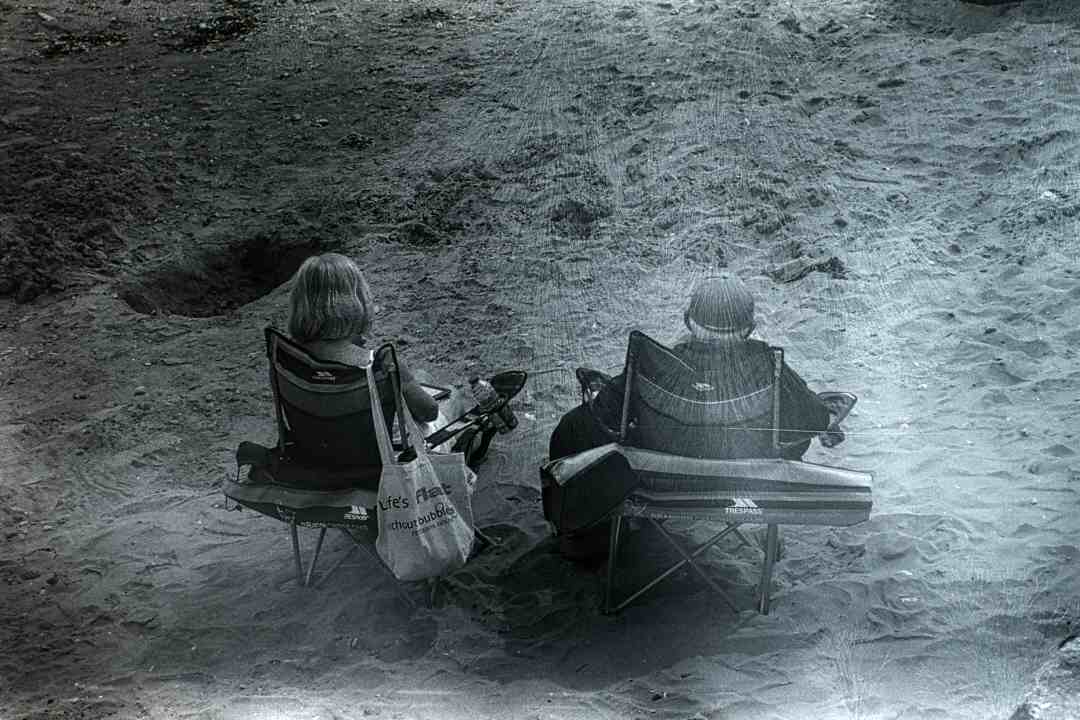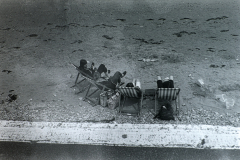So you’ve got some expired 35mm film!
My first inclination is that if you’ve got some expired 35mm film – let’s shoot it.
Shooting with expired film can be highly rewarding. There are however ups and downs associated with the journey, some you might expect, others not so obvious. Whatever you do though, don’t let this put you off shooting film as the rewards are huge and the costs suprisingly low if you go down the bulk purchasing route. Want to know more about this then take a look at this article – Cheap Photography on a Budget
Film is remarkably resiliiant and kept properly, you can get some excellent results. The truth is though that the better it is looked after, the better the end results is going to be and by this I mean such things as proper handling and long term care. For example, films that I have purchased from new are in my freezer as are expired films I have purchased or that have been given to me by friends. It makes sense to keep these films at a temperature where nothing is going to touch them. Unfortunately, this is not always the case.
A good friend of mine recently gave me a 200ft spool of Ilford FP4 Plus which is a highly regarded low speed, B&W film. The expiry date is 1996 so I’m shooting and developing it almost 30 years beyond it’s purchase date.
Now, I’ve processed enough old film to know that you can get great results from very old film. As mentioned above, the chances of good results increases dramatically with the correct method of storage of the film. If the film has not been stored with care, well, it’s a crap shoot as to what you might get.
Mould and Spores – Biological Infestations
The header image for this article, while not totally representative of the the images I managed to obtain when shooting this 30 year old roll of film, do provide some indication of what you might see when you develop yours.
If film is stored in uncertain conditions, and this includes temperate climates as well as in humid and hot environments then mould and spores can take hold of the film. These microscopic entities feed on the emulsions leaving tell-tale fern-like fronds similar to those seen on the header image and on the image below. Examine these two images in detail and you will see frond (fern) like structures eminating from the top edge of the frame stretching vertically downwards..
Sadly, there’s nothing that you can really do in such circumstances, these long dead micro-organsims have left their mark on your film emulsion and they have become an integral part of the image captured.
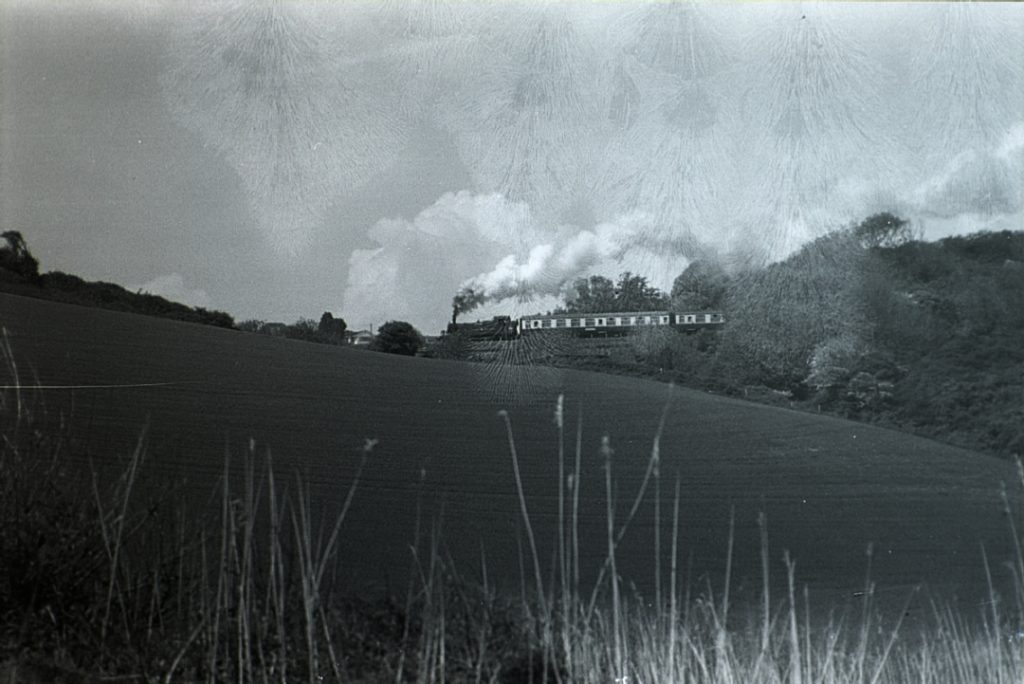
It’s important to note though that not every frame of your film will suffer such degradation. As you will see from the gallery of images later in this article, many frames appear unaffected by such problems. In fact it’s generally quite sporadic across a roll of film and some frames will be worse affected than others. Sods law though suggests that your most noteworthy images will be the ones most likely affected so bare this in mind as you carefully scan through your developed negatives.
Emulsion Degradation / Detachment
Another problem you might find on your expired film is where the emulsion has lifted away completely. This is another result of poor storage conditions. When the emulsion detaches this creates patches of bright areas on your film when processed. Unstable emulsion can also come off during processing resulting in white dots scattered over the image, some very small, others larger and more jagged. You can tell if your film is affected if you look at the film leader – this is the tonge of the film coming out of the canister. Hold it up to the light and you may see lighter patches against the darker exposed surface of the emulsion. These are areas where the emulsion has detached. If the film leader looks OK then you may well have dodged this particular bullet.
Film Fogging
Fogging is typically caused by low level radiation, light leaks or chemical reactions. This can affect just a part of a frame or the whole of the frame depending on the source. The radiation I am talking about here is the low level radiation that we have all been exposed to since the very first above ground nuclear tests which started back in the 1940’s. For this reason, film kept in tins is much less likely to be affected by radiation than those kept in plastic canisters so bare this in mind when you are buying bulk film.
Let’s Talk About Other Types of Issues
All of the images shown in this article were shot with a Nikon 28-85 f3.5-4.5 lens with just UV protection which is supposed to reduce glare. I don’t have a lens hood for this lens so no protection from light reaching the lens from the sides and top. I regret this and while many photographers don’t bother with a lens hood, I think I’ll invest £10 in getting hold of one just to reduce the possibility of light flares in future on very bright, sunny days. In fact since writing this article I have added a Skylight filter to the lens and I intend to add a polarising filter soon too. All of these things should help although I will lose between 1.5 and 3 stops from doing this. Not a huge problem as I can simply dial in some compensation when using this lens / filter combo to re-balance this situation.
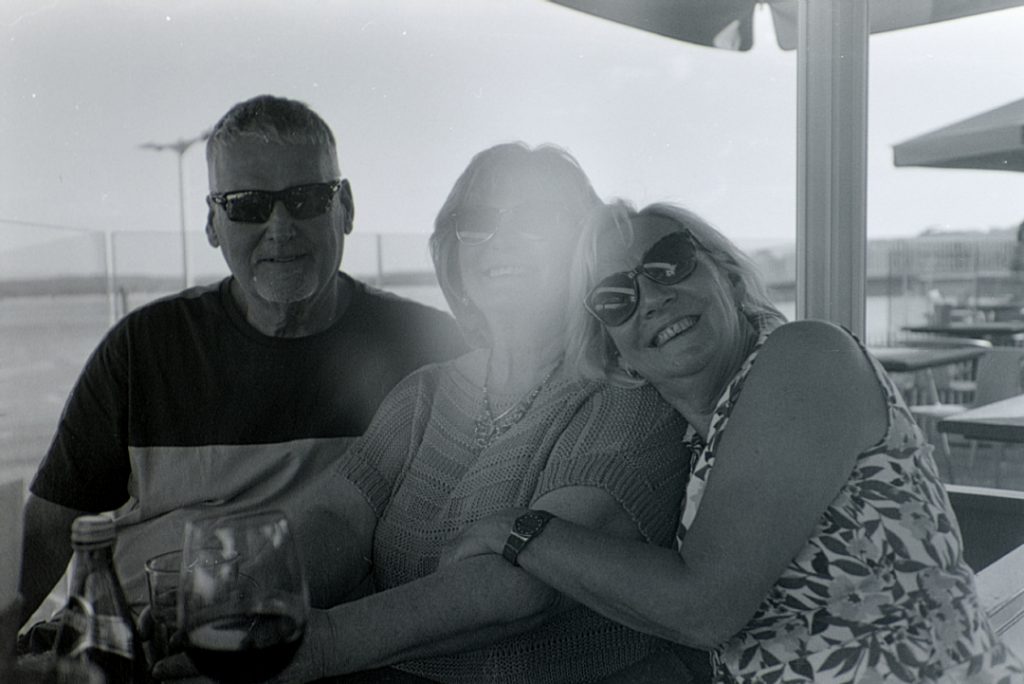
As you can see from the images above and below, I live on the coast so there are lots of complex light sources that I have to deal with. Diigital seems to handle this type of filming sitation easily but film is clearly much more sensitive to light so something to be aware of in future shoots.

Light Leaks from Handling / Film Loading etc
Another problem very noticable in this particular set of images is that light has reached the emulsion prior to development but after filming. The primary culpret here to my mind is the film changing box I have been using which appears to have a problem with the seals around the arm holes into the box.
In order to test this theory I popped my phone into the changing box, set it on video and ran through the typical things I do when I am loading film onto the developing reel. For example, I mimicked loading the reel with film and putting the reel into the developing tank. Sure enough, I captured some flashes of light during this operation, certainly enough to cause problems to the film. While I look at ways of fixing this problem I will use my Paterson changing bag as this has proven to be highly effective even if space is a little more limited.
Here is an example of this type of problem I found. This was on a single frame of the film and therefore deeply confusing unless you take into account an ill-fitting lid on the changing box. Why only one frame was affected I really don’t know.
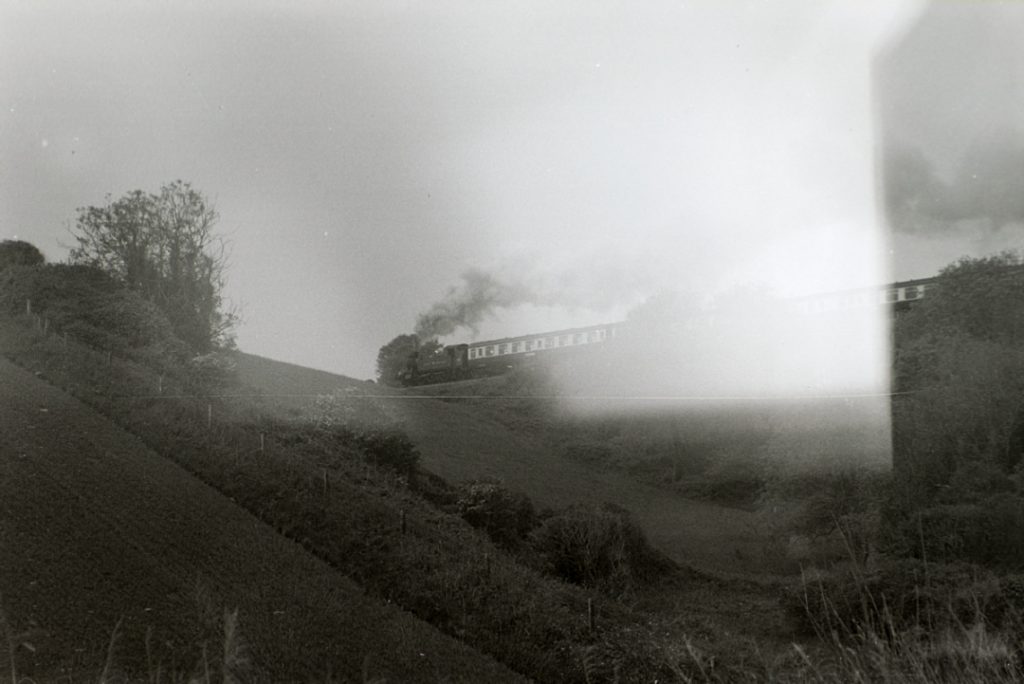
Film Processing Issues
I tend to use Bellinifoto chemicals for my B&W developing work. They are cheap, reliable, easy to use and work well on new and expired film stocks.
Although Bellinifoto now sell some different products for B&W development, I developed these images using Hydrofen and it’s here that I may be pushing my luck a little as the bottle of Hydrofen I am using is at least two (2) years old.
This extract, from the UK distributor Nik&Trick website says “Mixing and storage: Store in a sealed bottle in cool conditions. The solution (Hydrofen) may slightly darken over time but that is nothing to worry about. Shelf life unopened will be up to two years but about six months in an air tight bottle“.
Well, my bottle of Hydrofen has been in constant use since February 2021 and while I do squeeze out all of the air each time I use and re-seal it, I cannot in all honesty say that I have kept it in a cool environment throughout this time. While I don’t think then that the Hydrofen is adding to my problems at this point in time, I do think that it is probably waiting to happen so perhaps a good time to replace it just in case.
With regards the film being discussed here, I changed my normal processing time for FP4 Plus a little because of the age of the film. In hindsight, I probably should have kept to the 5mins 15 secs that I would normally use when using Hydrofen diluted 1:39 parts. As I was, I decided to increase the development time by 25% and I set the dial on the Jobo ATL 1000 to 7mins less 10% which is about 380secs or 6mins 30secs. Comparing this roll of FP4 Plus to previously developed ones (at the lower time) do show an inclrease in grain and in contrast. Admitadly I wanted more contrast but they are a lot more grainy than I would have liked. Perhaps in hindsight I should have stayed with 5 mins 15sec!
Another mistake I made was to heat the developer and fixer to 36 degC using my new, and extremely efficient Sous Vide. That might not have done the developer much good so next time I need to concentrate more and make sure it doesn’t exceed 24 degC which is what the Jobo ATL 1000 needs to run the automatic processing cycle for B&W film. I don’t know if heating the developer to 36 degC caused any degradation in performace but the resuts were a bit iffy this time around so I need to be a little more careful.
We’ve Looked at all of the Disasters, Now Let’s Look at Some Positive Results
Not all of my shots were total disasters despite this article suggesting they were. Sure, there were a lot of problems with various parts of this shoot that need looking at and indeed I will be doing just that when I shoot this film stock again but here a few of the more successful images from this roll of long expired FP4 Plus.
